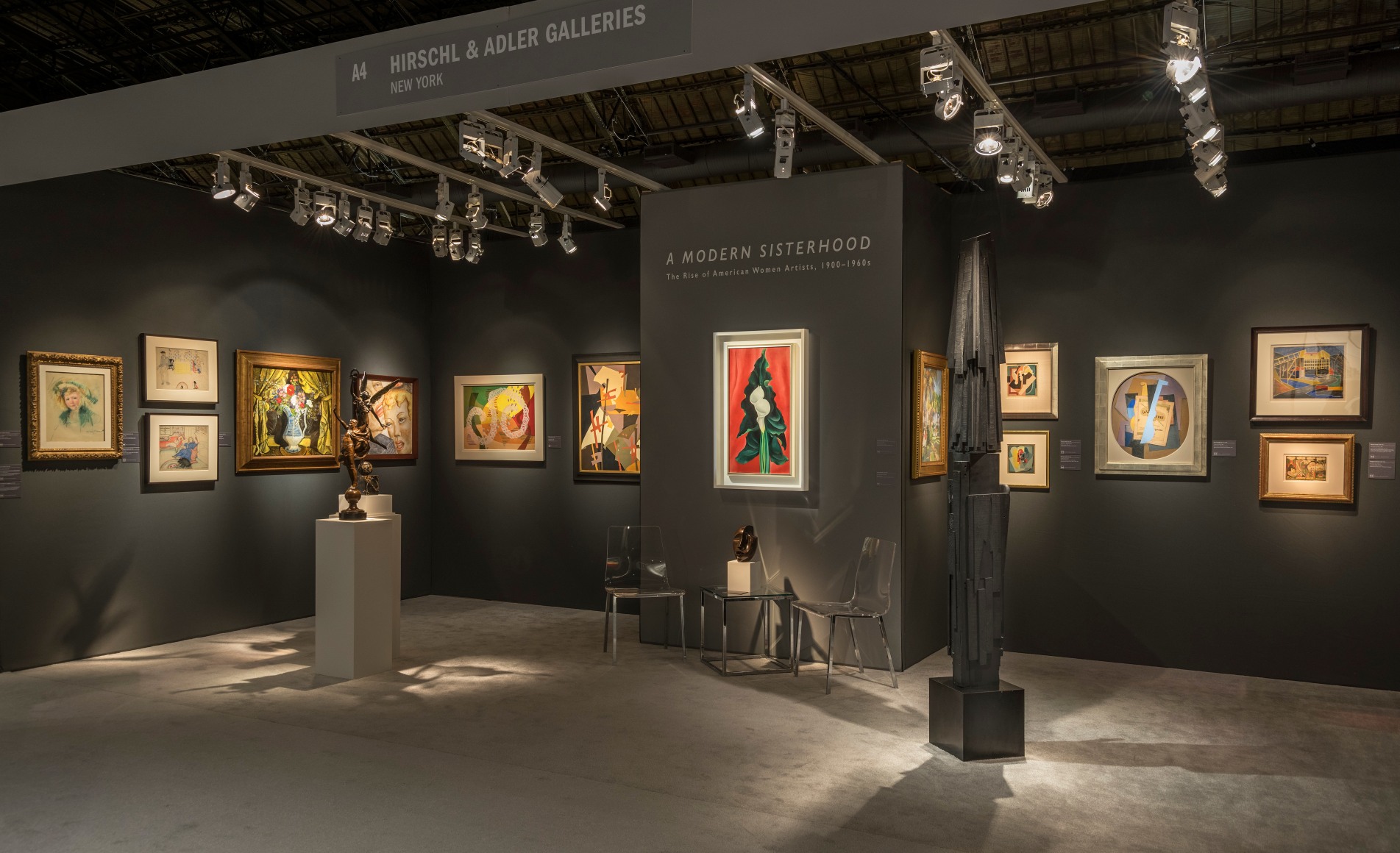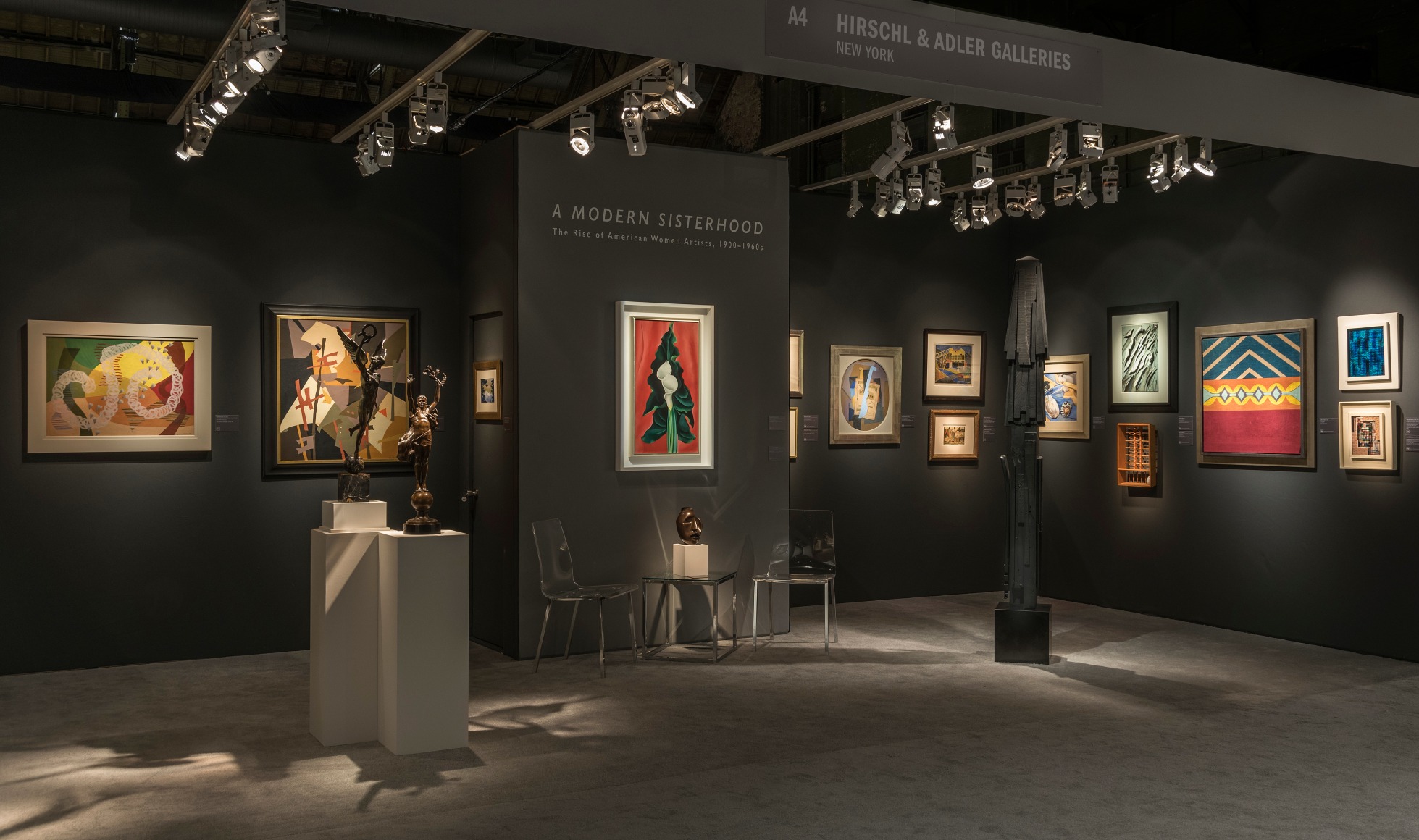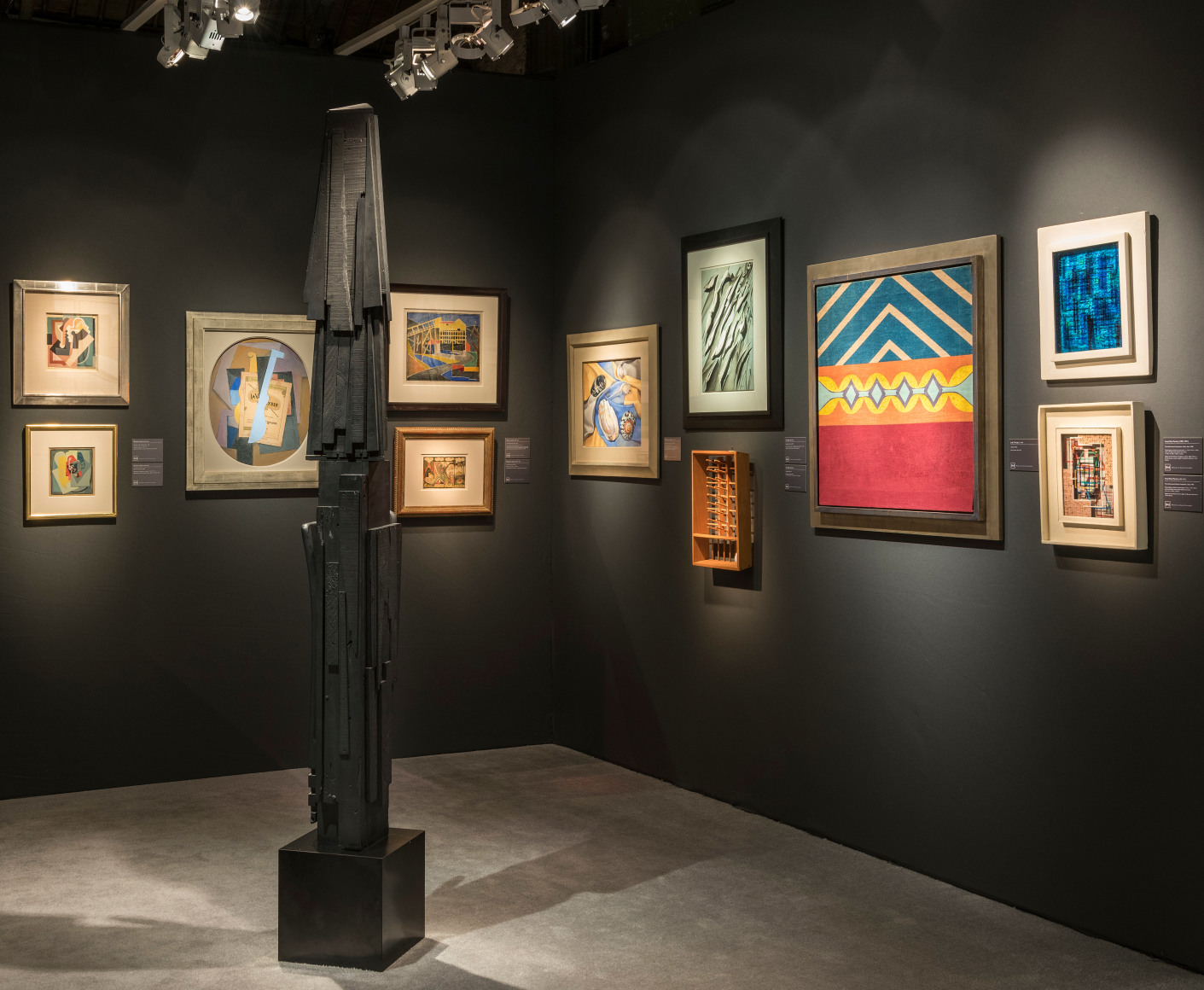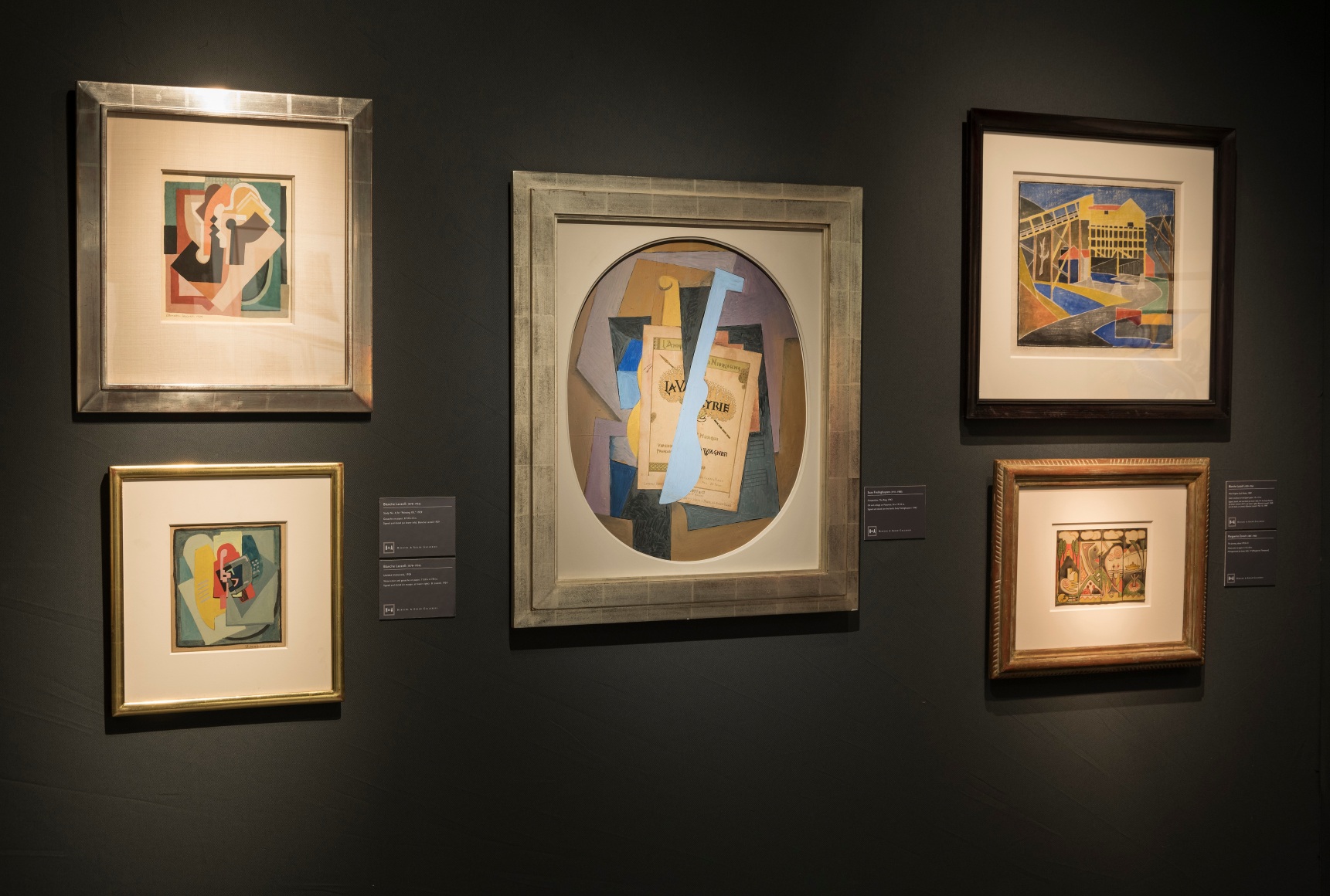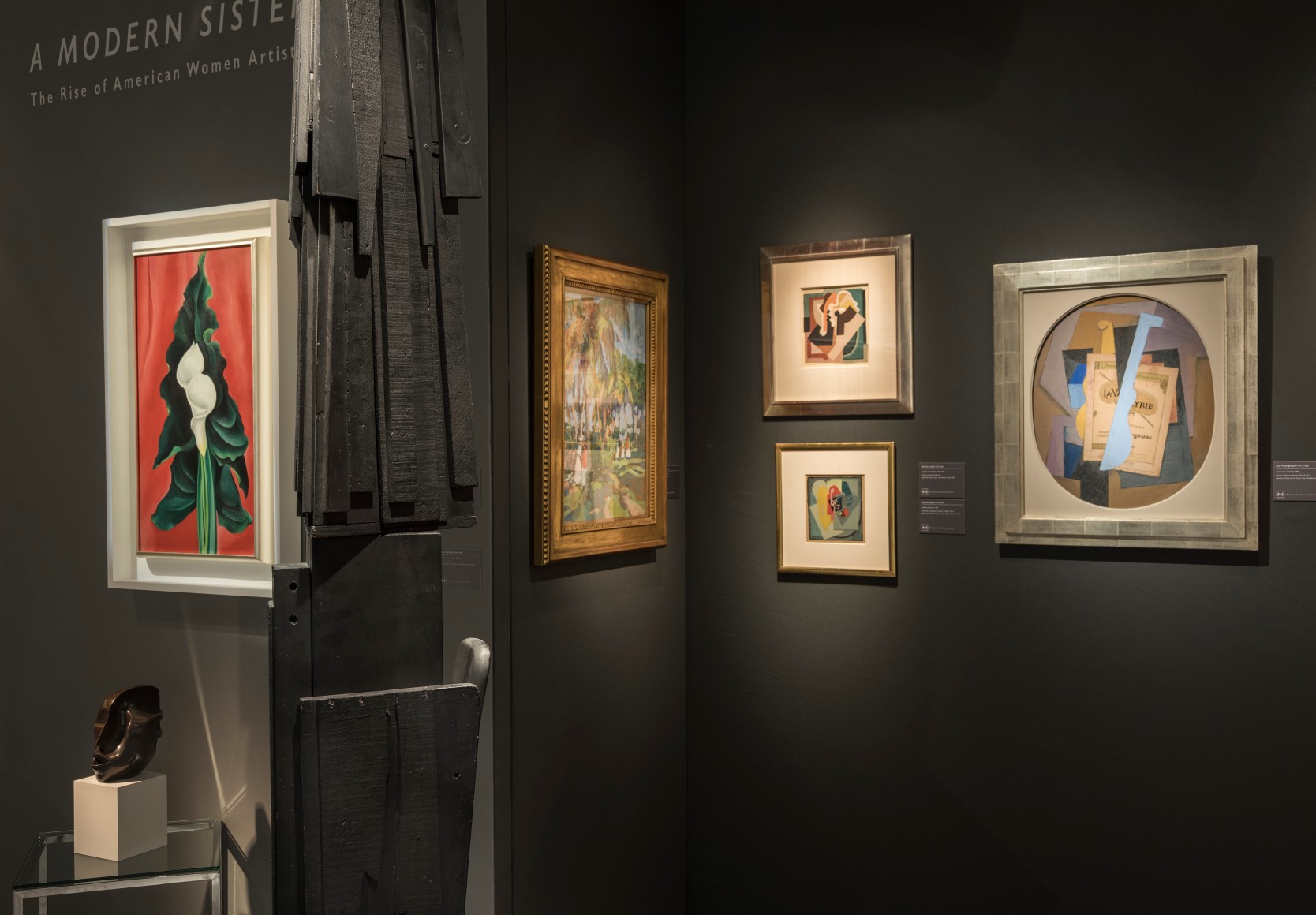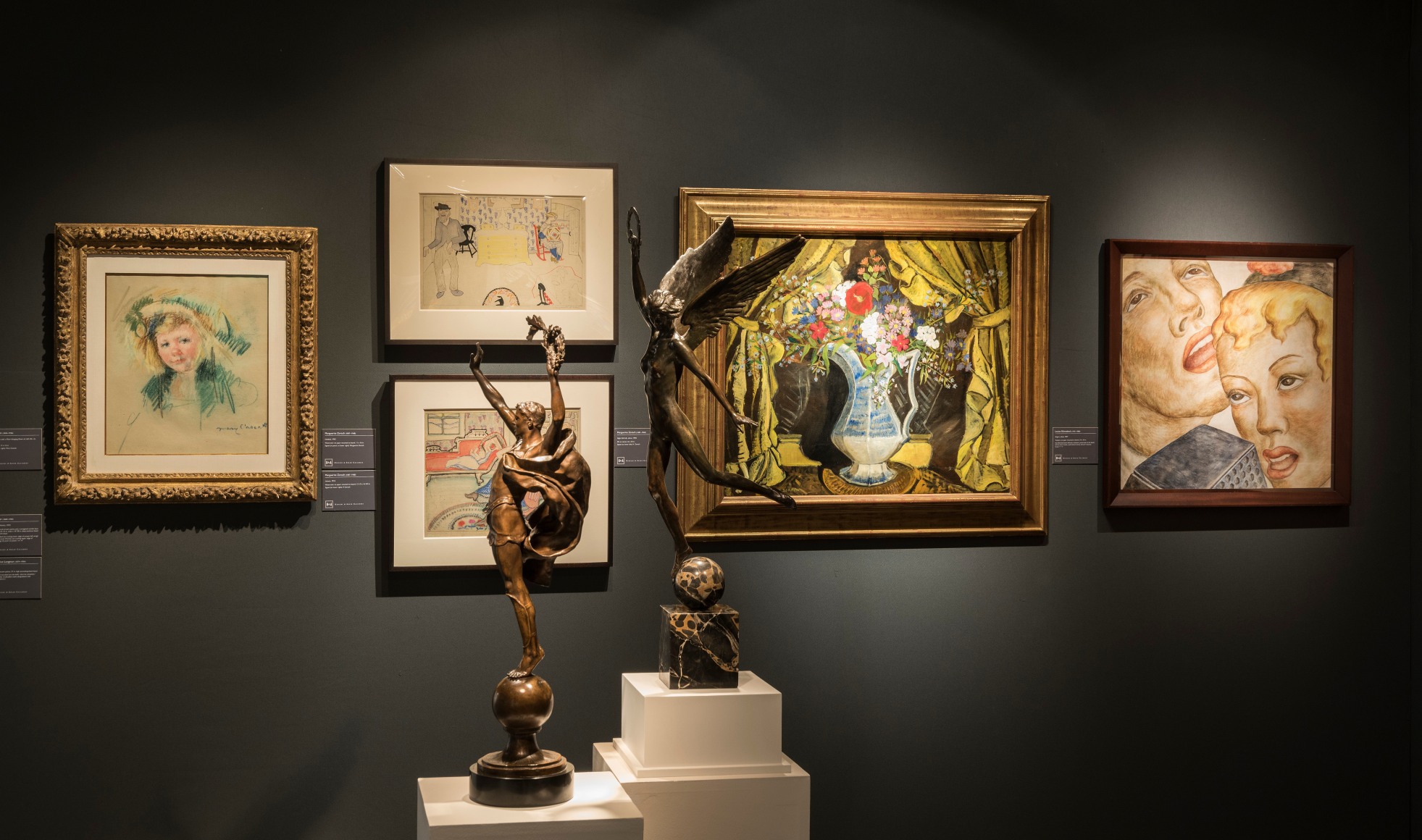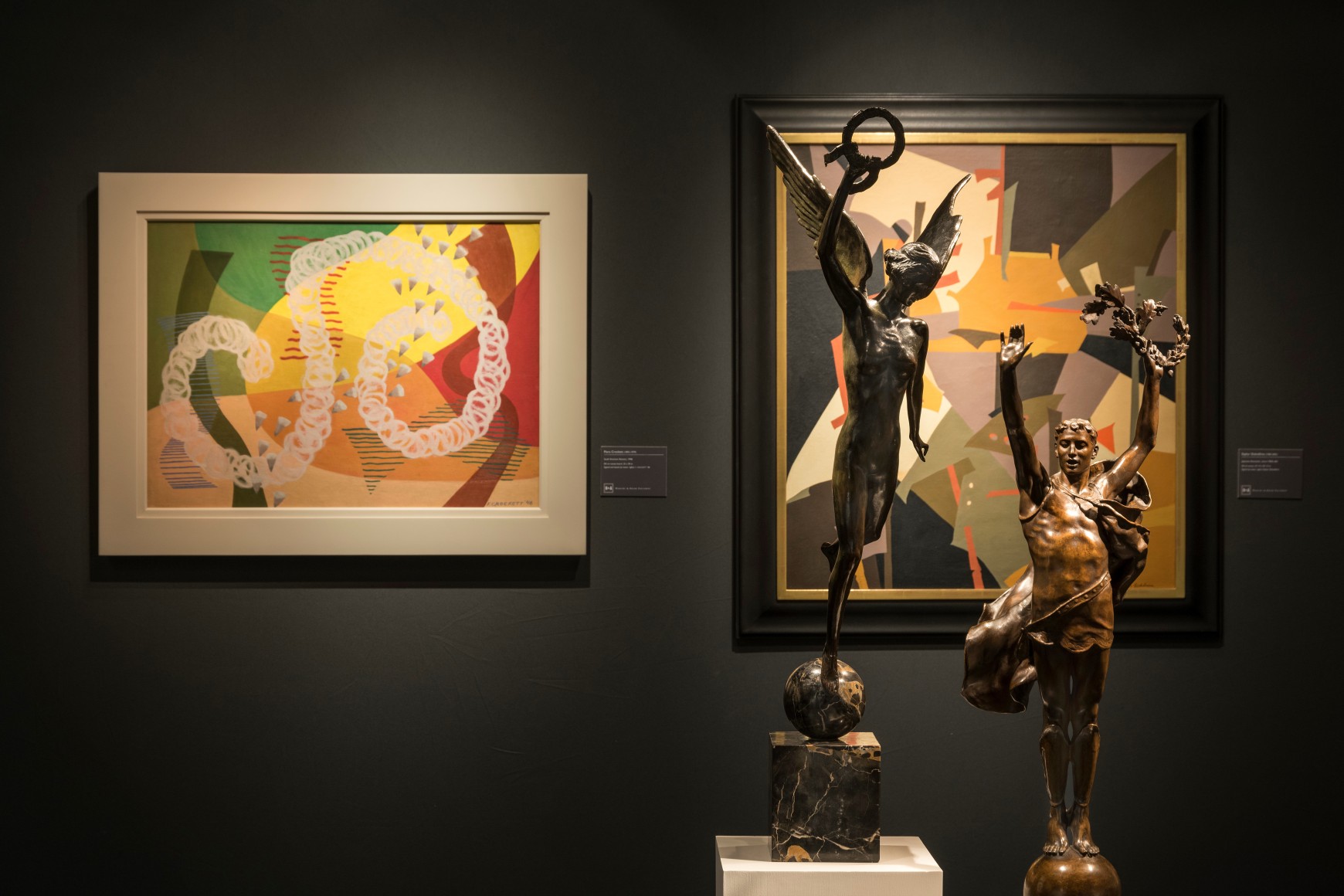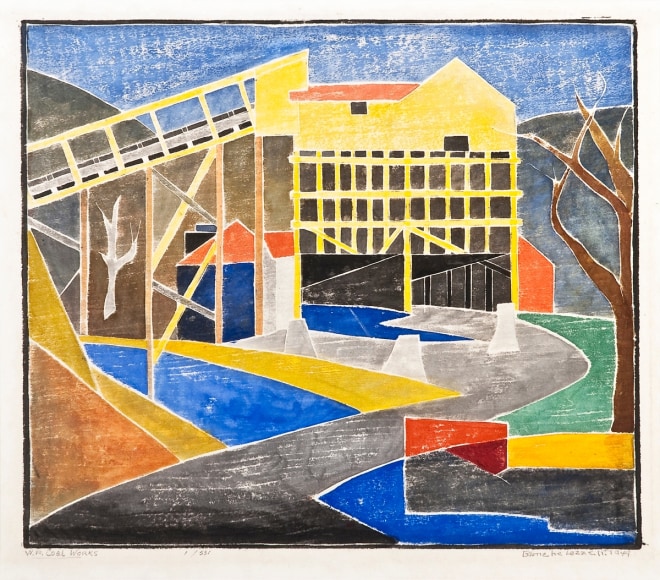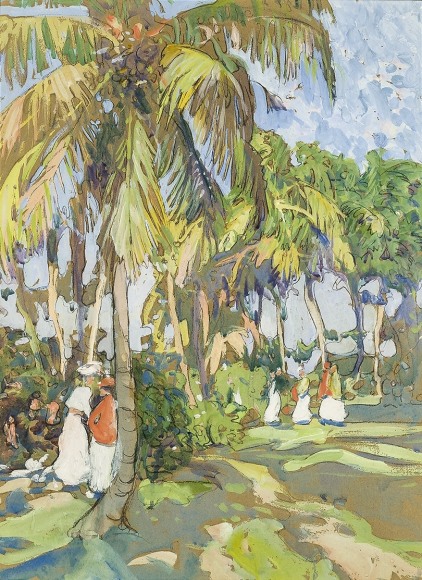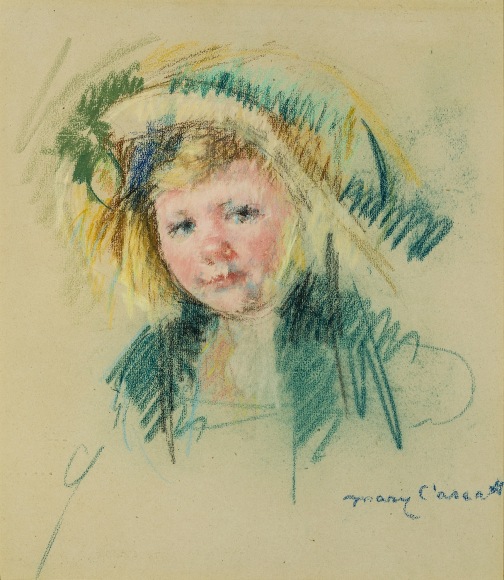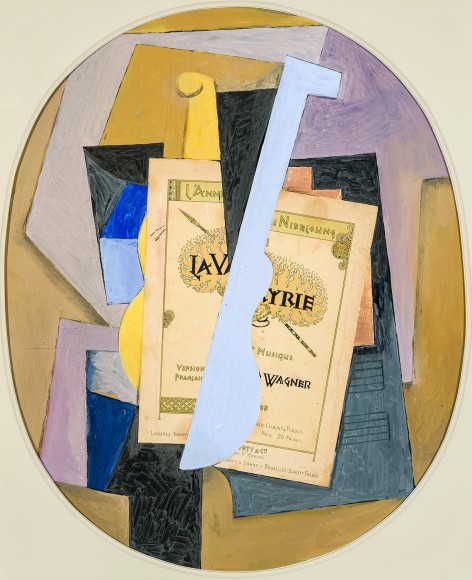While a handful of American women carved out successful careers as professional artists during the 19th century, it wasn’t until the 20th century that more women artists began to enjoy the same opportunity and recognition as their male counterparts. Yet, parity was not easily won. It took a new wave of artistic independence, suffrage, social and sexual upheaval, hard-won battles against opinionated critics and a conservative art establishment, and a preoccupation with a world war to clear the way for acceptance, admiration, and ultimately, acclaim. Women artists’ battle for parity is still being waged today, but the first skirmishes after the turn of the 20th century firmly set its course.


